The transition from longer, brighter days to shorter, darker ones can impact our own mental health and well-being, so it's no surprise that seasonal changes can bring about shifts in mood and energy levels in children too. Last weekend saw the end of Daylight Saving Time, and the clocks going back one hour, meaning that 7am felt more like 8am, and conversely, 6pm now feels more like 7pm. The mornings are a little lighter, but we now have to deal with darker afternoons and evenings. This can be confusing for toddlers if they're expecting you to pick them up from nursery while it's still light, or are used to having time to play outside after tea.
I'm no expert, but in a bid to support Arthur in navigating the change of season, I've pulled together some top tips on managing the transition to autumn (and ultimately winter) with a toddler. Please do share any other advice you've found that works with your little ones!
1. Maintain your usual routine
Consistency is key when it comes to a child feeling safe and secure. Arthur is still a bit too young to know what day it is or be able to tell the time, but having a structure of when things happen such as family meals, bedtimes or particular activities on certain days (Friday is 'Bin Man Lorry' Day!) can help them to feel that not everything is changing all at once.
This leads nicely onto number 2 which is about the bedtime routine...
2. Support healthy sleep habits
There's lots of advice online about changing your baby or toddler's bedtime by 10 minutes each day in the run-up to the clock change, but let's be honest most of us are managing the aftermath of the transition to autumn now, or are unable to adjust our wider family schedule (work, school etc). Arthur doesn't have a very strict 'by the clock' bedtime, we tend to be a bit more fluid depending on how he's slept during the day and how active he's been (and therefore how tired he is).
Ultimately we have a regular bedtime routine that enables him to wind down, and offer a sleep-friendly environment for him to go to bed. That's all you can do with the unpredictability of a toddler anyway! Our current setup (disclaimer: that works for us) usually involves a bath - not every day - clean nappy, pyjamas, sleep sack, brushing teeth, a story and then feeding to sleep in bed with me with ocean sounds and/or singing lullabies (or sometimes Wheels on the Bus if that's all that will work!). Once he's asleep, we'll transfer him to his cot in his room where he'll sleep until his first wake-up, when he comes back into bed with us.
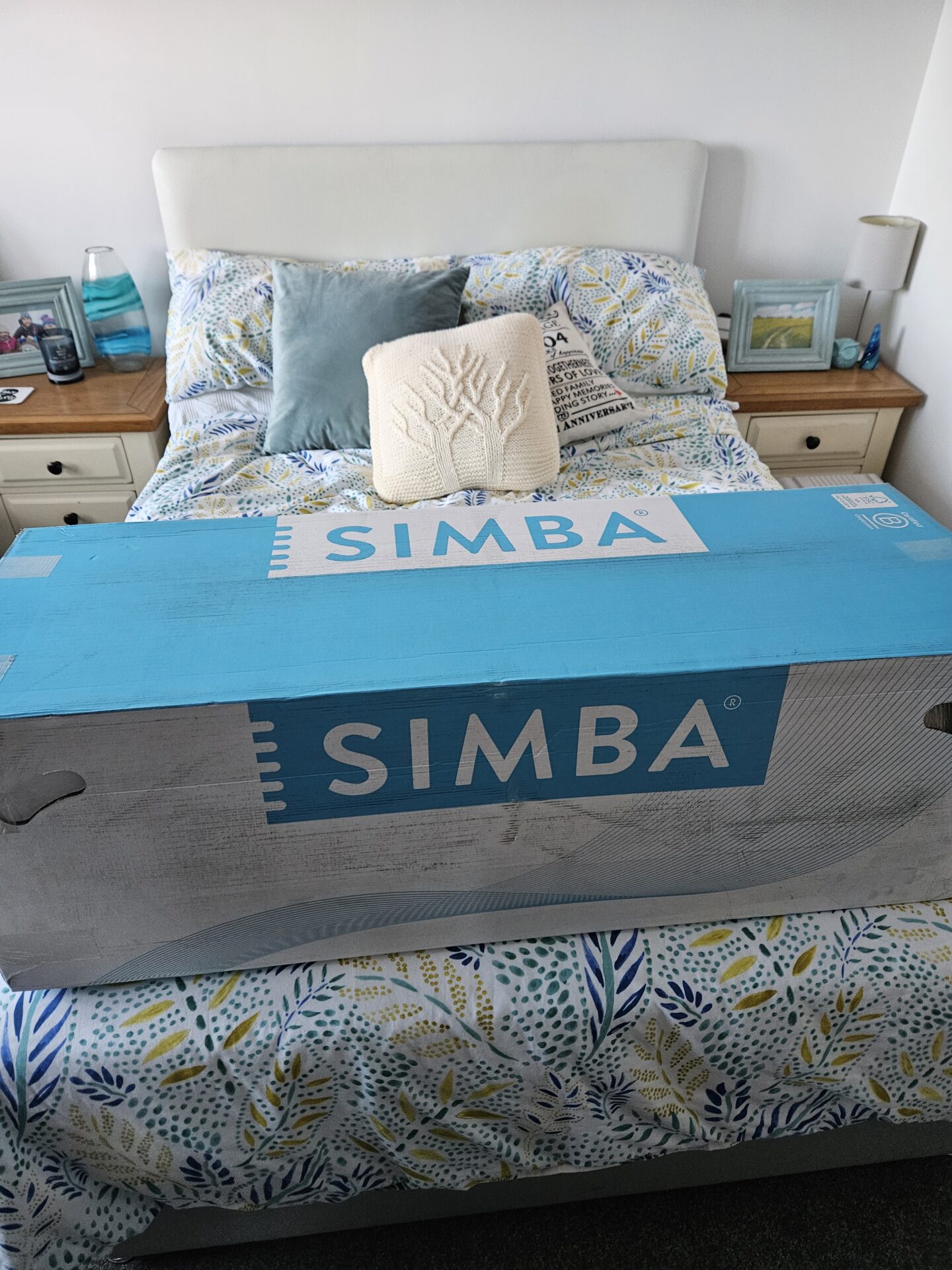
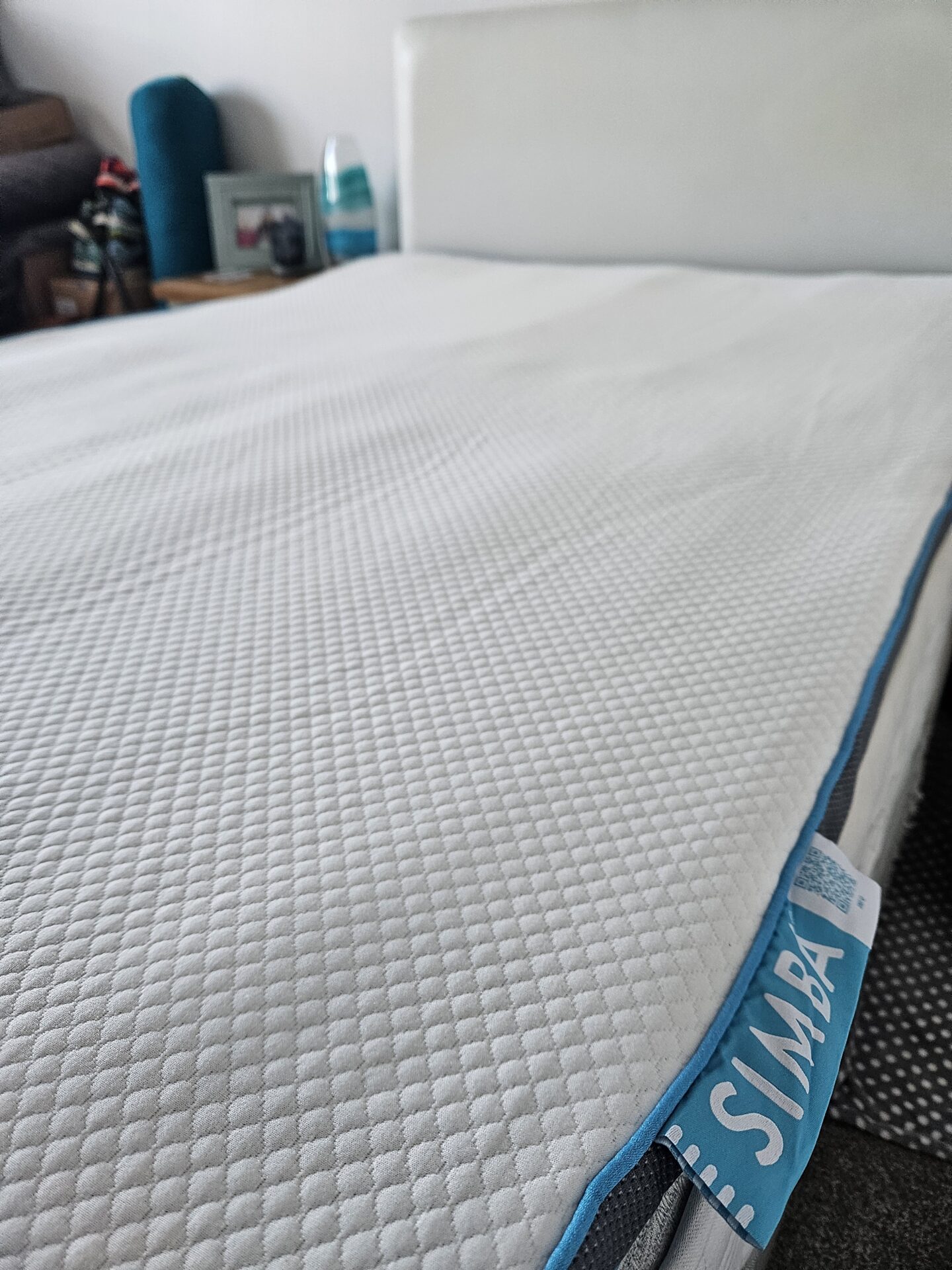
Co-sleeping doesn't work for everyone, but for us, it's the best option to enable everyone to get more sleep! Our babies are only little once, and we know from research that 0-3 years is when all the emotional systems in a baby's brain develop, so this is a key time for building the parts of the brain that support lifelong mental, physical and emotional health and wellbeing. I highly recommend reading The Nurture Revolution by Dr Greer Kirshenbaum to learn more about this, it's really interesting if you're like me and love to discover the data and science behind things! So in this early phase, I'm committed to supporting Arthur to sleep in whatever way he needs me to, be that breastfeeding or cuddle curling.
There are definitely things that can make the setup easier for yourself though, and mean you're less likely to wake up super achey in the morning! Having a comfortable mattress, supportive pillows and warm pyjamas that offer easy access for feeding are my essentials. Make sure you check out Cosleepy.com and the Lullaby Trust for advice on how to cosleep safely as well.
3. Encourage outdoor activities
This third tip is the one that resonates with me the most as an outdoor blogger and passionate advocate for the mental health benefits of spending time in nature! Exposure to natural light helps regulate the body’s internal clock (so can make that clock change a little easier) and can improve mood. It also enables children to experience all the positive things about the seasonal changes and enjoy the wonders of our natural world. We've loved putting on welly boots and raincoats and getting outside with Arthur to show him how to stomp through crunchy leaves, admire the beautiful colours on the trees and squelch in all the mud.
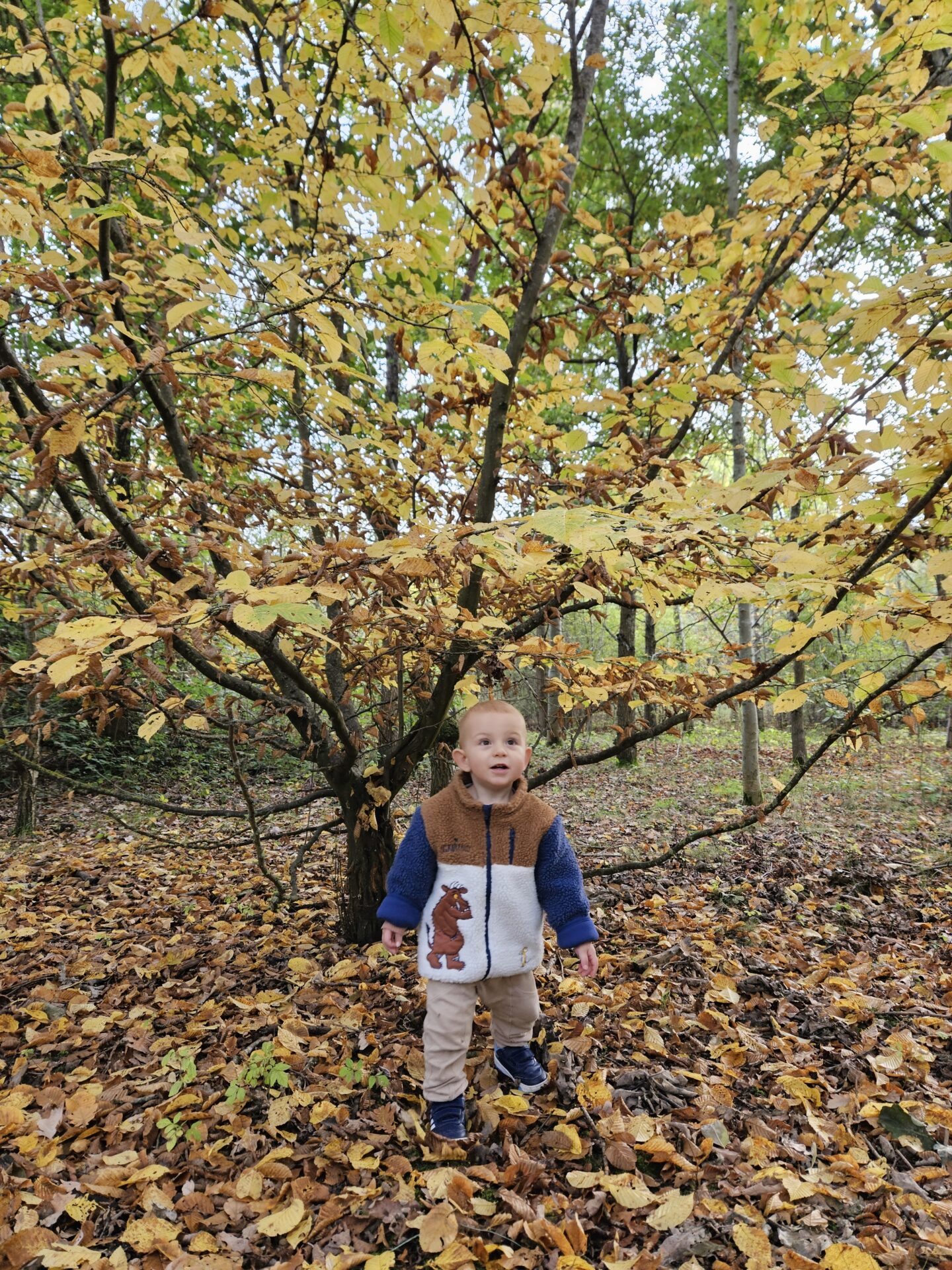
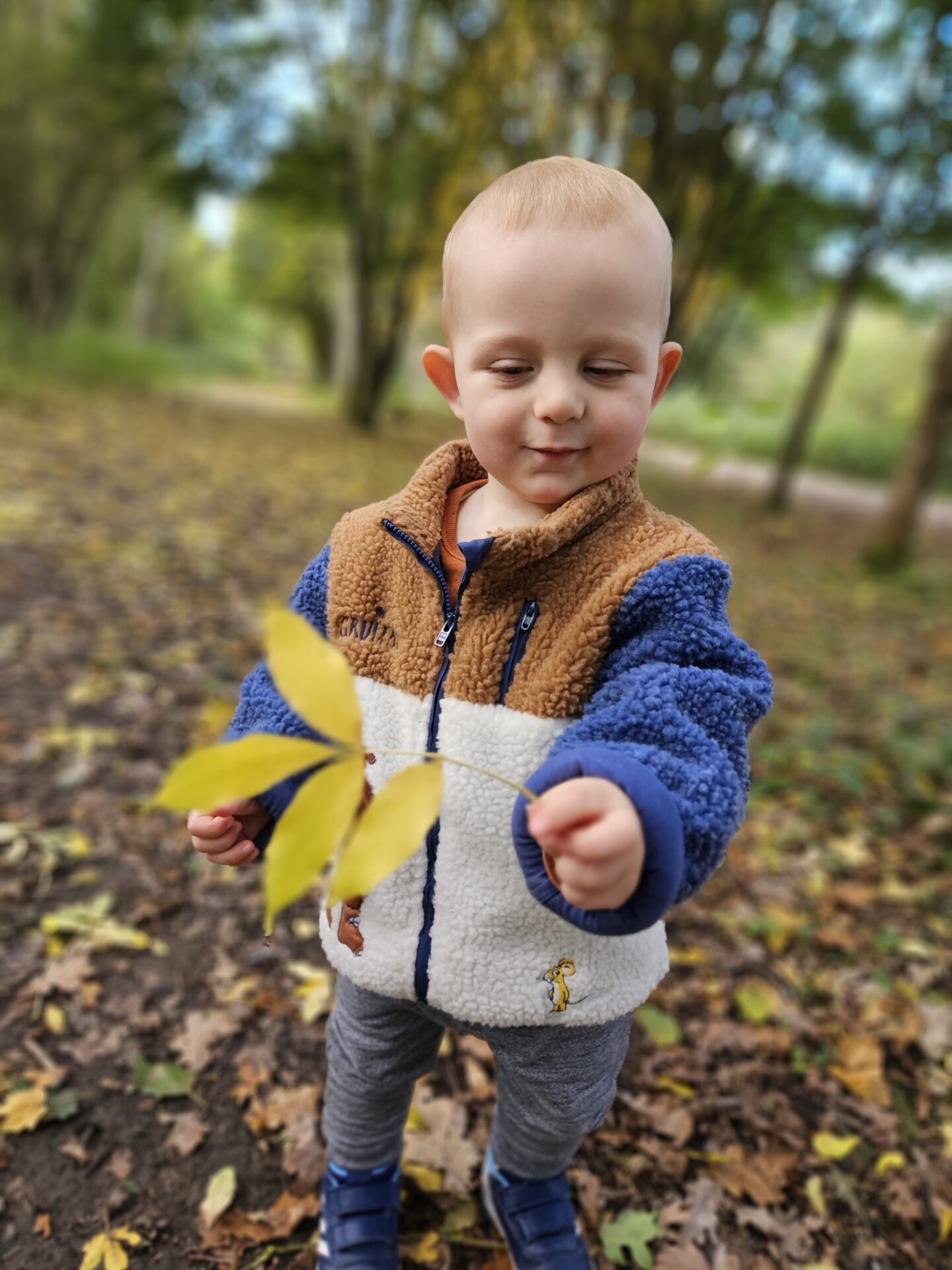
Although I fully believe you can go out in all weather and still enjoy yourself, sometimes I do get it wrong. The other day we were caught in a downpour and I got completely soaked (while he was fine in his lovely cosy raincoat!) But he still thought it was great fun running with Mummy in the rain and splashing in all the puddles! We have also still been heading outside even though the evenings are dark now. The fun of exploring with a torch is a new experience for Arthur and we've seen frogs, beetles and bats on our nighttime strolls. Check out this blog post from last year for some more autumn adventure ideas.
Last weekend we enjoyed visiting Salcey Forest near Northampton to explore their Gruffalo Party Trail which celebrates 25 years of the Gruffalo. Arthur is currently OBSESSED with the Gruffalo, so this was a great interactive family walk for us to explore together. You can pick up an activity pack for £4 from the visitor welcome point (which included stickers so was a huge hit with Arthur) and then complete fun activities and rubbings as you search for balloons, pine cones, apples and the Gruffalo himself along the trail. At 1 mile long, it was perhaps a bit too ambitious for a toddler's little legs, but we enjoyed the Den Area and Enchanted Forest Village along the route - they were perfect places for a snack stop! It's also an easy-access trail suitable for wheelchairs and pushchairs on level, surfaced ground which was great.
How do you manage the transition to autumn, for yourself or your younger family members?
Beki x
NB: I was sent a Simba Hybrid Mattress Topper as part of this blog post.
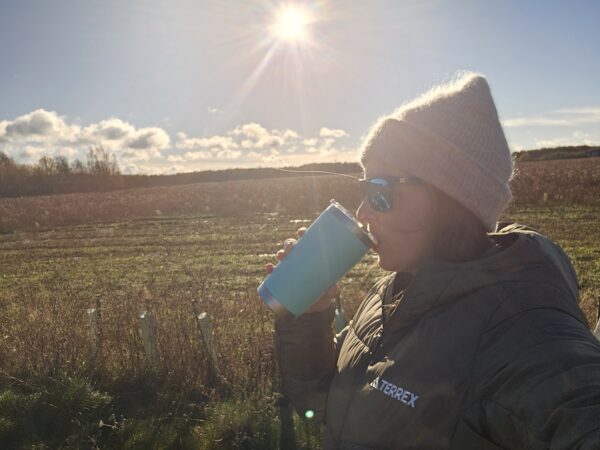
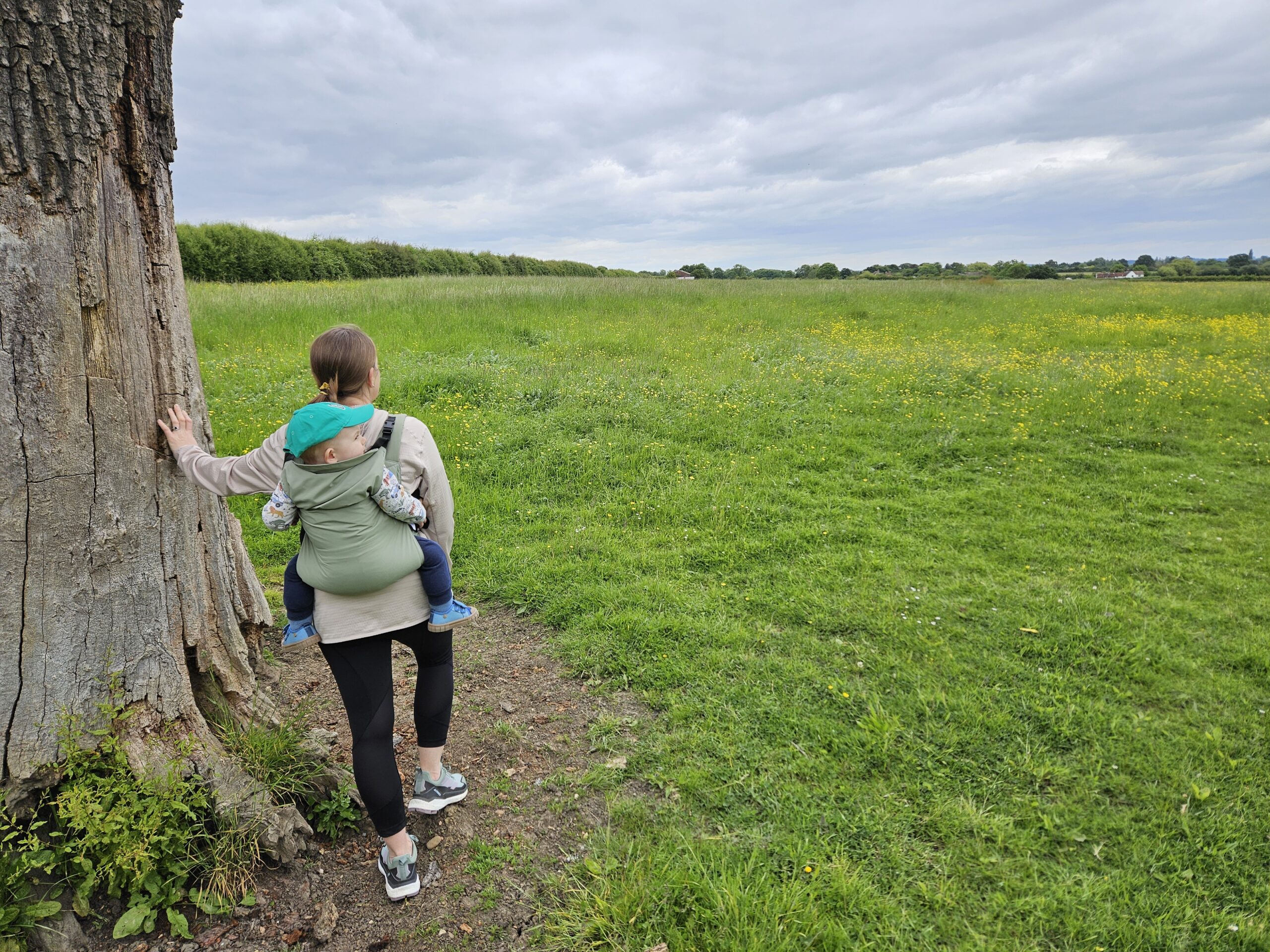
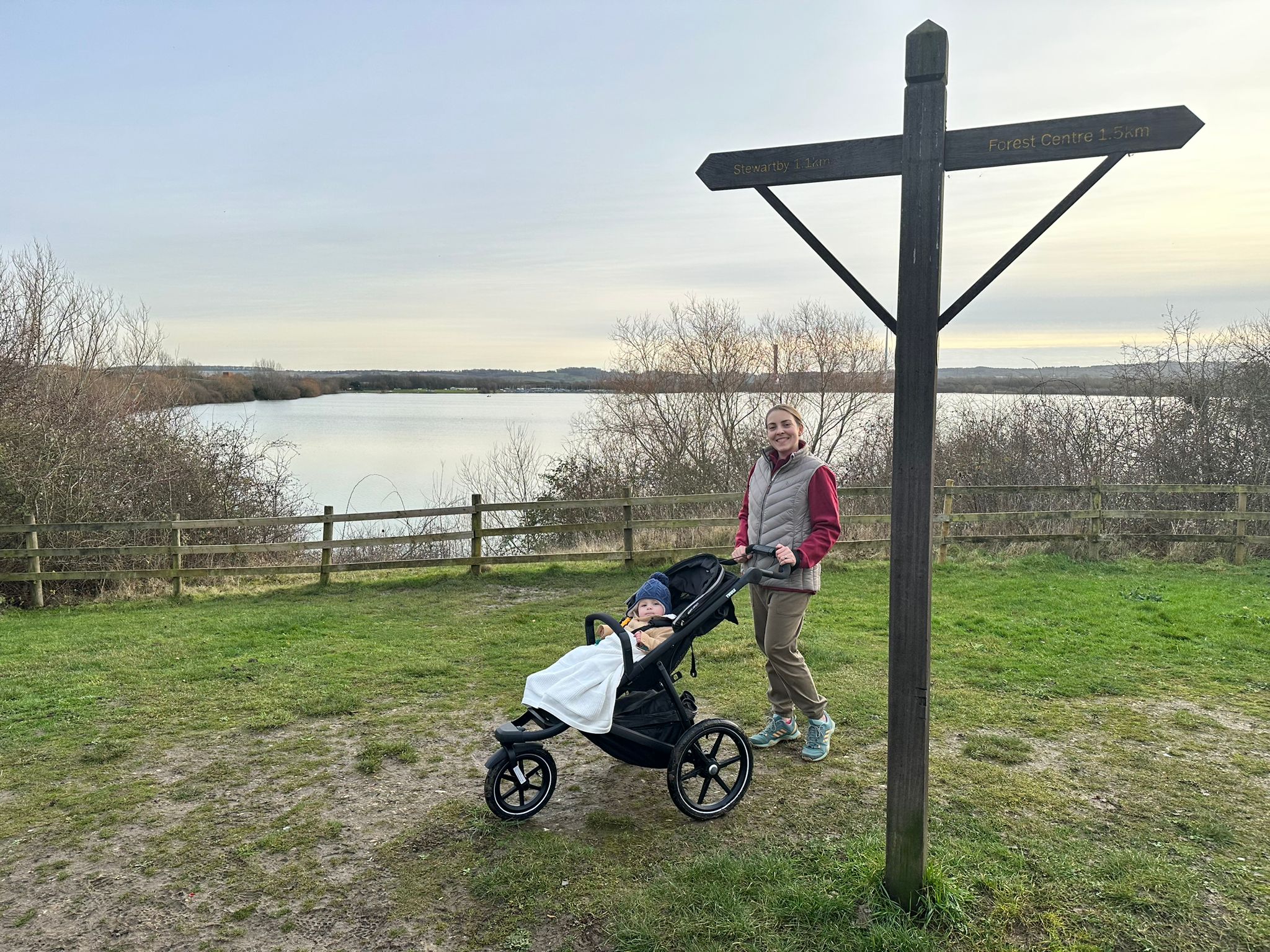
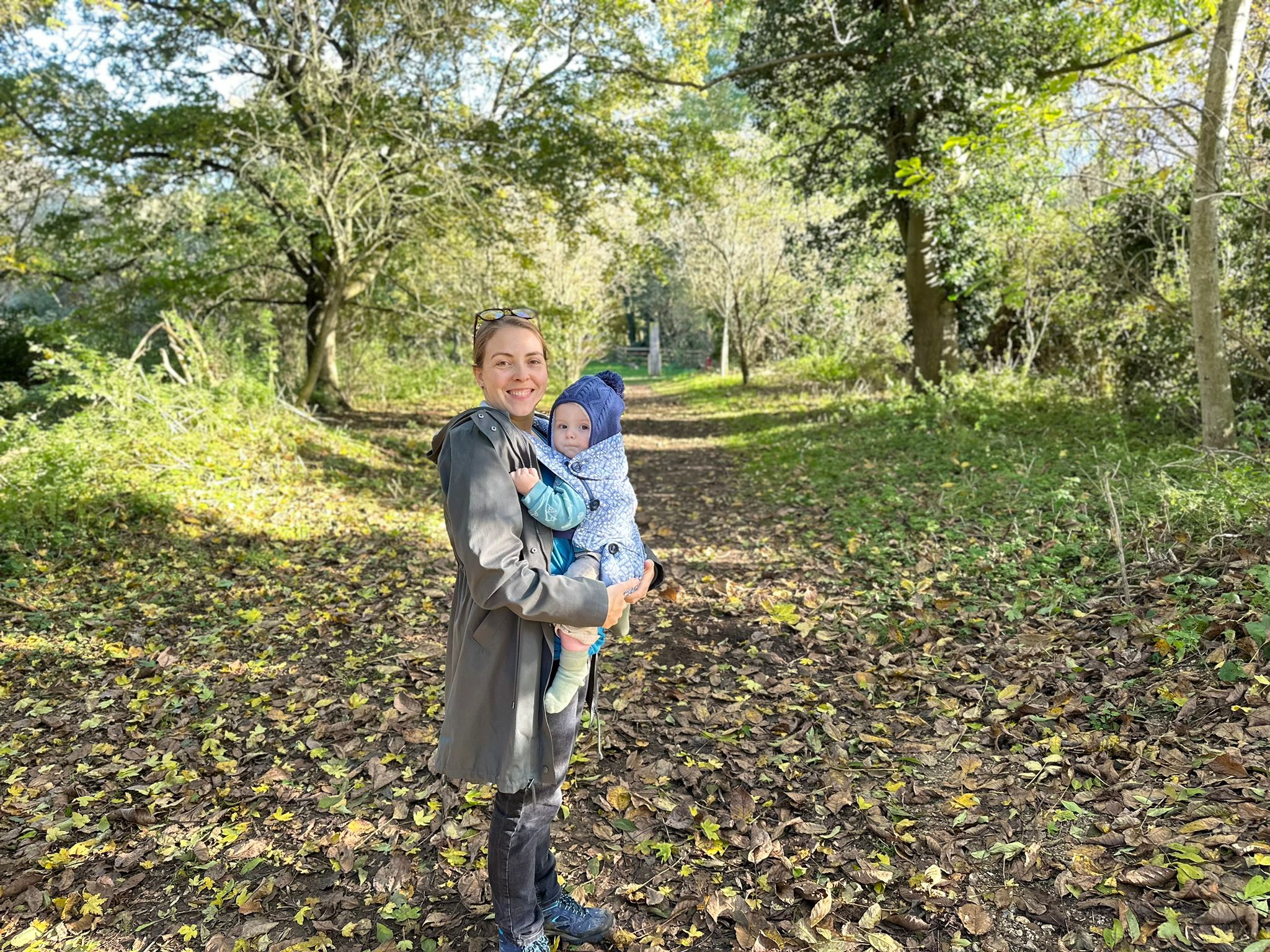

![[STICK MAN] We made the most of the gorgeous spring sunshine today and went on a forest adventure to find Stick Man at @forestryengland Salcey Forest! 🌳🌲
We didn't make it round the whole trail due to getting distracted building dens and saying hi to the Gruffalo (of course), but it was a fun activity with stickers, a Stick Man lanyard and other treats along the way.
Someone even fell asleep in the car on the way home after all the woodland excitement...with his very own Stick Man on the seat next to him 💙
.
.
.
#outdoorfamily #outdoorbloggers #outdooradventures #toddlerlife #outdoortoddler #lovetheoutdoors #exploremore #stickman #stickmantrail #salceyforest #forestryengland #forestadventures #movingthroughmotherhood #bedfordshiremums #bedfordmums #mumstagram #mumlife #gruffalotrail](https://www.misswheezy.co.uk/wp-content/plugins/instagram-feed/img/placeholder.png)